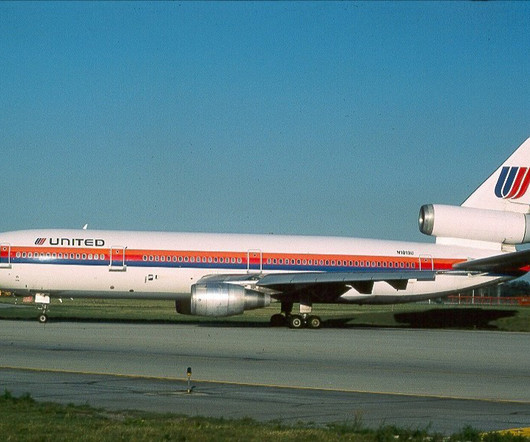NTSB Releases Preliminary Report on Holland Accident
Flying Magazine
MAY 2, 2025
The horizontal stabilizer structure adjacent to the elevator position where the counterweight plug would have been installed displayed dents and paint scrapes consistent with contact with the counterweight plug. The throttle grip was fractured off the side of the cockpit, and the control column was fractured off the bottom hinge point.



















Let's personalize your content